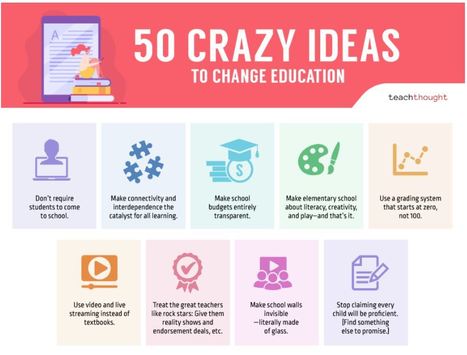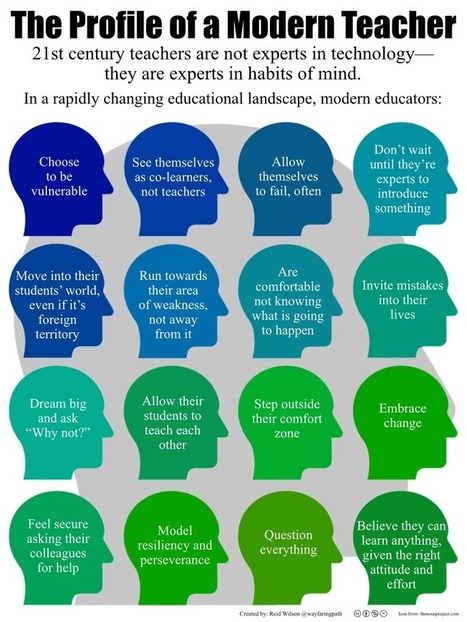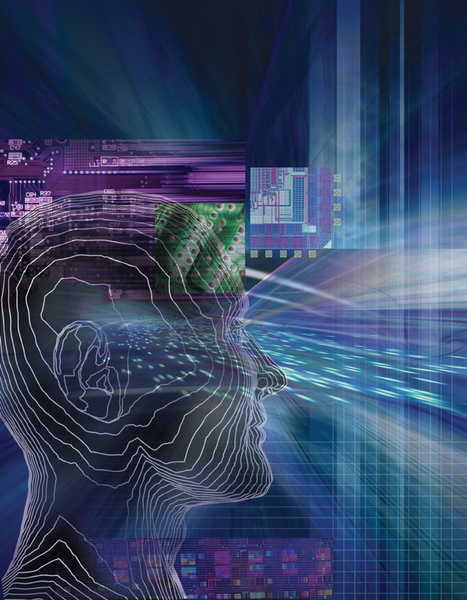Get Started for FREE
Sign up with Facebook Sign up with X
I don't have a Facebook or a X account
 Your new post is loading... Your new post is loading...
 Your new post is loading... Your new post is loading...

jmoreillon's curator insight,
March 27, 2015 9:42 AM
This is what school librarians have been doing forever! 
María Florencia Perrone's curator insight,
April 8, 2015 4:00 PM
The world around us is not labelled or divided in categories, then why is academic content? Can we not relate topics and elaborate meaning on the basis of relationships and intertwined data? 
Dr. Helen Teague's curator insight,
April 13, 2015 9:11 PM
I wonder if this would work in the U.S.? Also, in Finland, students do not take standardized tests until the end of high school (Zhao, 2012, p. 111), so thankfully, perhaps the drill and kill process is diminished. *Zhao, Y. (2012). World Class Learners.

decentralisedteaching's curator insight,
October 20, 2014 5:56 AM
Interesting article on how some of the top universities in the US (Stanford, MIT) are pushing Decentralised, Networked Learning!

Ken Morrison's comment,
February 24, 2013 3:02 PM
Thank you Jim and Karen. This is a wise way of managing cafeteria talk about the leader of a university

Christine Cavanaugh-Simmons's curator insight,
February 25, 2013 1:35 PM
Dean Lyons at Haas is another great exemplar!! |
Sarah's curator insight,
June 4, 2017 8:25 PM
This is a short article on the ways that teachers' roles are changing. It is important to note that teachers are not becoming obsolete, but are just as important as ever. Teachers are here to facilitate learning and assisting the students in becoming resilient, self directed and capable learners.

Mariann Gissella Castillo Herrera's curator insight,
December 3, 2020 12:07 PM
These are the types of changes in the teacher's role that are fundamental to developing students who are capable of independent learning and reinvention in a rapidly changing world.
Luisa Fernanda Giraldo 's curator insight,
December 4, 2020 11:58 PM
We can observe a significant change in the teacher's role. Nowadays, students are more independent in the learning process, and due to the pandemic situation, students are forced to create new study habits to learn by themselves. However, the teacher still plays a fundamental role in classes and provides different tools to help students improve while learning.
|

















Love some of these.
Love some of these.